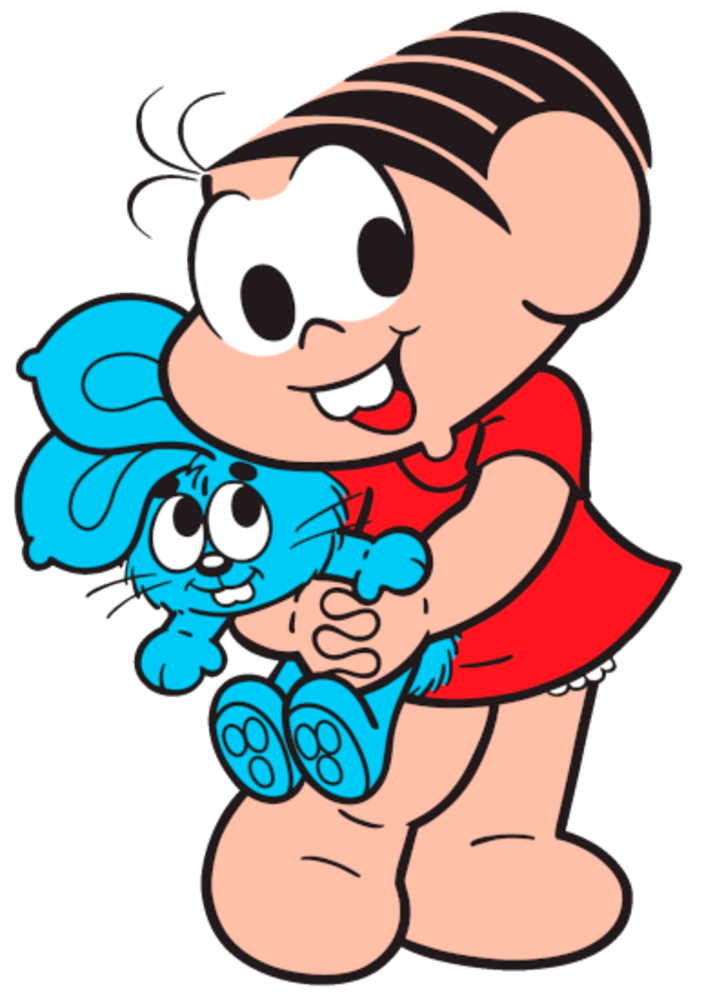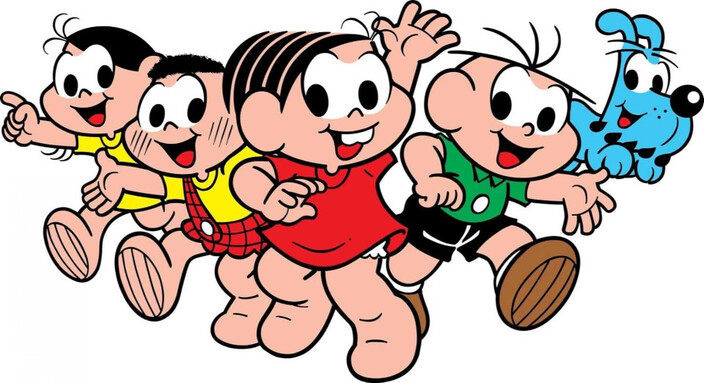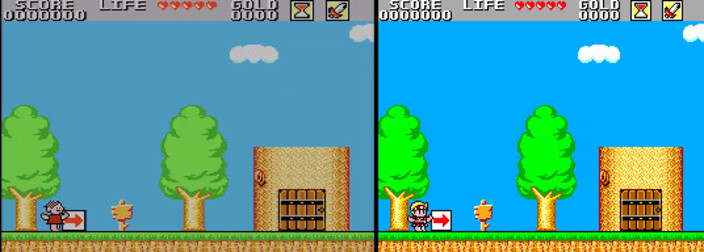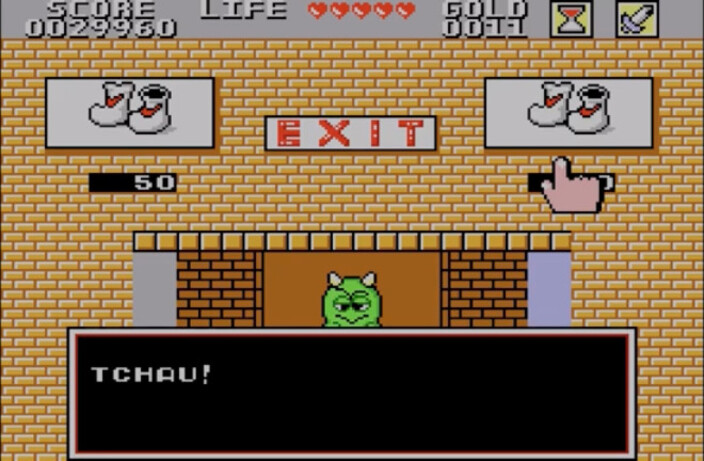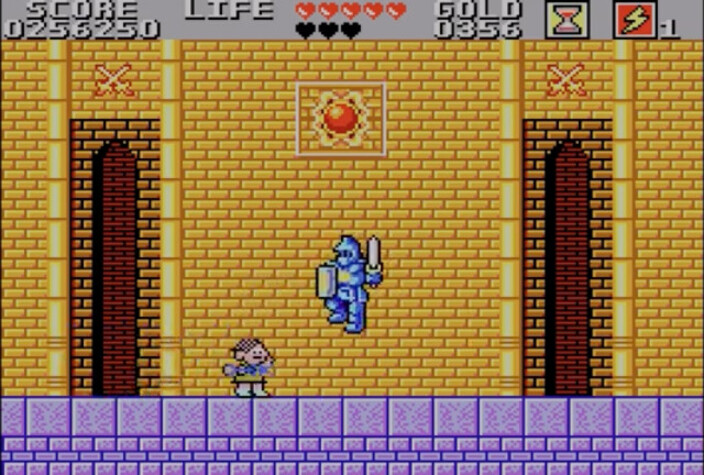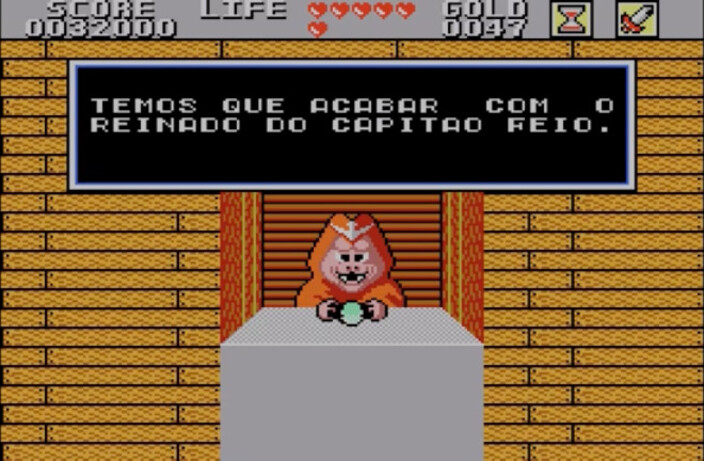Have you played...? Mônica no Castelo do Dragão
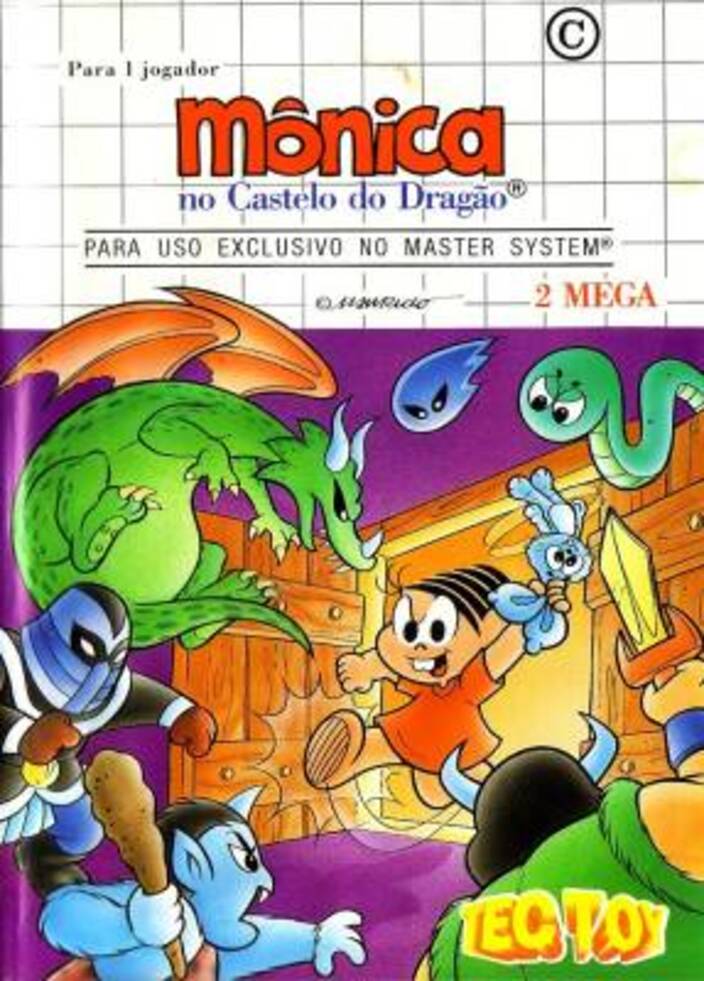
This is another one of those games I played during my childhood and never managed to finish. I must’ve been around five or six years old, and I remember renting it from a local video store. Now, with my trusty Anbernic, it was time to complete it and fill that gap in my childhood. But first, let me give you a quick recap of what the heck this game is about 🙂
Who the heck is Mônica?
This is a no-brainer for Brazilians, but for everyone else outside Brazil: Mônica is a children’s comic book character, probably the most recognizable one around here. I’m pretty sure at least 99% of Brazilians know who she is.
Created by Brazilian cartoonist Mauricio de Souza ⤴ in the ’60s, and based on one of his daughters (who shares the same name), Mônica is a six-year-old girl living in a peaceful neighborhood somewhere in São Paulo. She’s kind but hot-headed, and - her main trait - she’s super strong, like, superhero strong. She’s always carrying Sansão (Samson), her blue bunny plushie, which she mainly uses to whack Cebolinha (Jimmy Five) due to his constant scheming to become the “owner of the street”.
Mônica and her comic books are close to my heart because I basically learned to read with them and spent my whole childhood reading them, as did many other Brazilian kids. Since Mônica and her friends were already massively popular in Brazil during the ’80s and ’90s, putting her in a video game was the logical next step. And that’s exactly what happened.
Isn’t this Wonder Boy in Monster Land?
Yes, absolutely! This is basically an official ROM hack of Wonder Boy in Monster Land, courtesy of TecToy, the company that brought Sega to Brazil and made the Master System and Mega Drive huge successes over here. They just swapped the title screen, changed Wonder Boy’s sprite to Mônica, replaced the sword icon to Sansão in the inventory screen, and translated the game to Portuguese.
Game magazines at the time called this the first “100% Brazilian game”, which was so far from the truth, but we didn’t know any better at the beginning of the ’90s. There was no internet, and TecToy did such a good job bringing Sega games to Brazil, localizing and promoting them, that we believed whatever the magazines said. For the time, it was mind-blowing to have a game translated into Portuguese. TecToy even translated Phantasy Star into Portuguese, an RPG with lots of text for the time, which was freaking amazing.
That was the first RPG I ever played, after watching my older sister and cousins play it. Phantasy Star is incredibly nostalgic and heartwarming for me, but that’s a story for another post.
The game
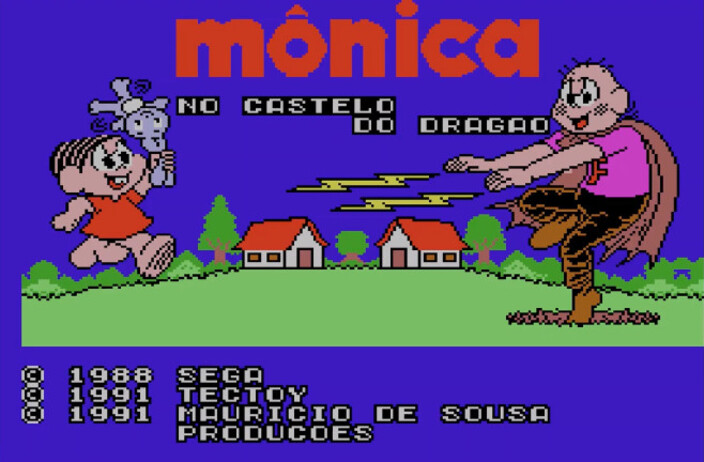
Finally, let’s talk about the actual game! This is a 2D platformer with light RPG elements. You can upgrade your armor and boots with money, and can also buy or collect spells and special items. Your weapon (Samson) can only be upgraded by defeating bosses, some of which are secret. Certain items will make the journey easier, such as a one-time healing potion.
The plot is just an excuse to get things going: Capitão Feio (Captain Ugly, I’m not even sure what his official English name is), one of Mônica’s antagonists in the comic books, wants to cover the world in trash and pollution. That’s kind of his whole thing. He recruited the fire-breathing dragon to help him, and it’s up to Mônica to stop him. Capitão Feio’s ugly face actually only appears in the title screen and nowhere else, which is funny.
Wonder Boy Mônica controls well enough, though she can feel a little slippery at times. There are only two buttons, attack and jump. Your sword bunny plushie has a very short range, which is one of the game’s main sources of difficulty. You have to be careful when approaching enemies: if you get too close trying to land a hit, you’ll probably get hit yourself. Enemies get stunned when hit, which helps, but when you get hit, you get knocked back. And if you’ve played any classical platformers like Castlevania or Ninja Gaiden, you know that knockback can be a huge pain.
All NPCs in the game are interacted with by knocking on doors scattered around the levels. Some of them will give you items, others run shops, and some of them have bars cafeterias which will sell you beer soft drinks and give you a random tidbit of advice - which might be useful, but usually isn’t 🙂. Also, some doors are hidden behind walls or other obscure spots. They might be hiding useful items or even optional bosses that will give you stronger gear when defeated.
Graphics are ok, maybe a little ugly. Mônica’s sprite swap doesn’t make things better 🙂. I especially remember finding her dying sprite a bit creepy as a kid 😅. Like many other Master System games, it has bright colors and things are mostly recognizable. The music is quite nice and pleasant, and some tunes are even catchy (which is good, because you’ll be hearing them a lot if you want to finish the game 😂).
The game is hard. It must have taken me something like a couple dozen tries before I finally managed to beat it. There are some tricky enemies and tough bosses, but I’d say the last level is the most unfair part. It’s a multi-screen, really obtuse labyrinth. At the end of each section, you can choose between two paths, and most of the wrong choices will send you all the way back to the beginning of the level. To make things worse, your health decreases automatically after a set period of time, so you eventually die if you don’t find your way around the devilish maze. I tried beating it the old-fashioned way without checking a map, but I gave up and decided to use one.
After many tries, I was finally able to beat the game. It felt great and my inner child felt warm inside ♥️
I’d give this a 7 out of 10. It hasn’t aged particularly well, the combat is clunky, and the last level is downright unfair. However (and maybe this is my nostalgia talking), it still delivers some good, classic, old-school challenge and charm.
Here’s a 30-minute full longplay of me beating this classic:
Details
- Name: Mônica no Castelo do Dragão (Mônica in the Dragon’s Castle), originally Wonder Boy in Monster Land
- Genre: Platformer
- Developer: Westone Bit Entertainment ⤴, localized by TecToy ⤴
- Year: 1991
Post revised with ChatGPT
